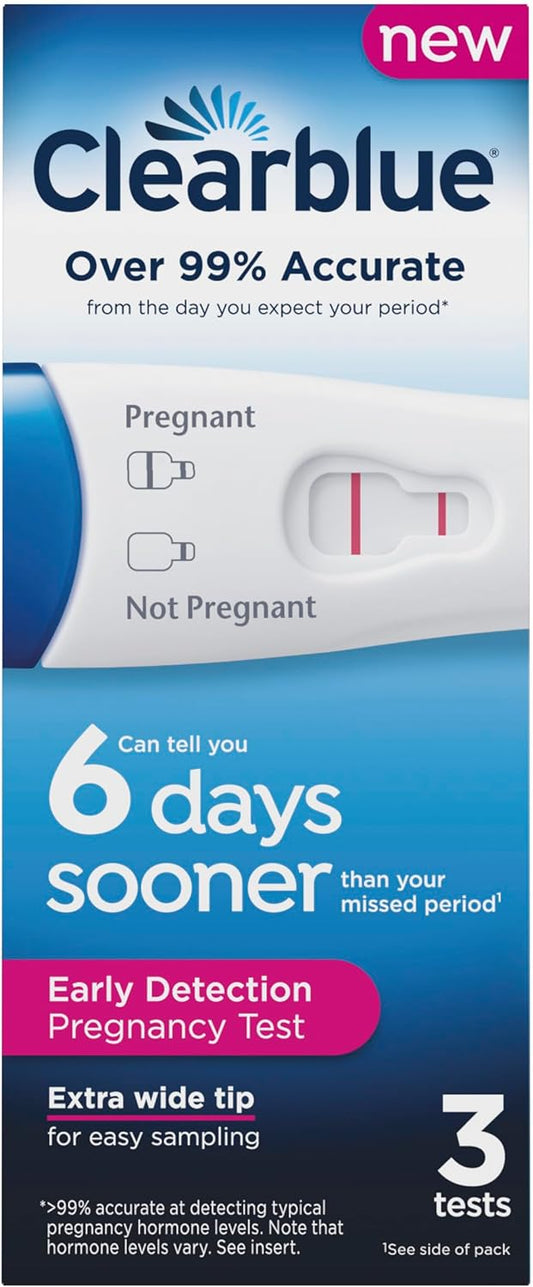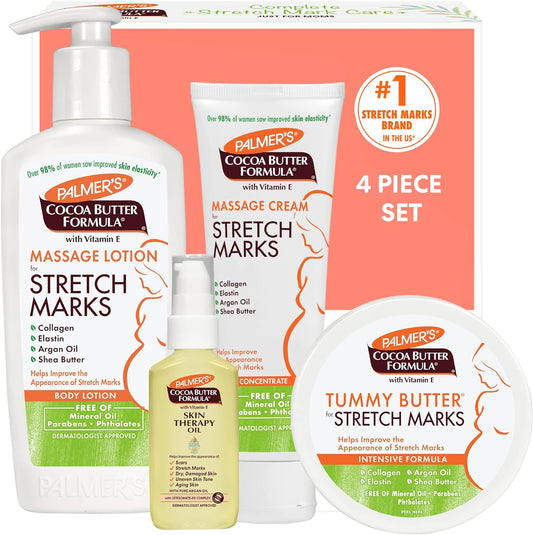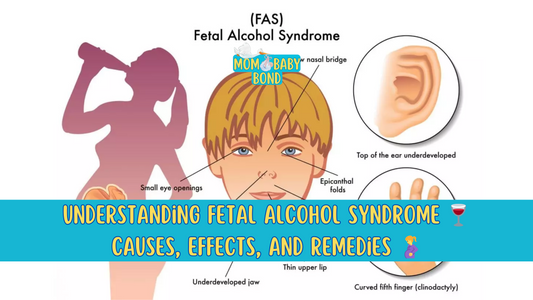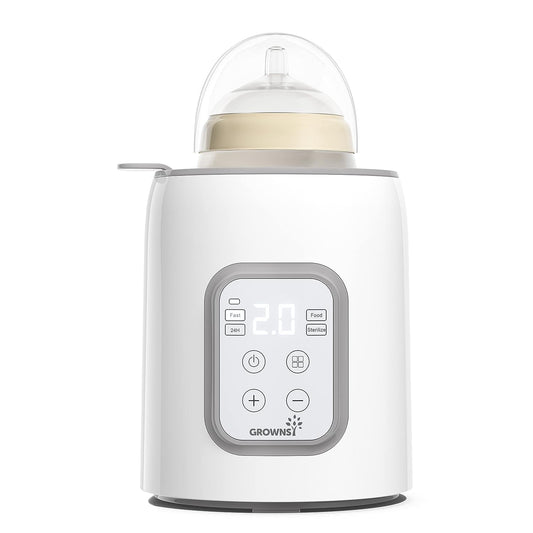The joy of welcoming a newborn is unparalleled, but it also brings forth the immense responsibility of understanding and addressing potential health concerns. As babies transition from a milk-based diet to solid foods, the risk of encountering food allergies becomes a paramount consideration. This detailed guide delves into the intricacies of food allergies in infants, covering causes, symptoms, prevention, and remedies.
Causes and Reasons:
1. Immature Digestive System:
🍼 Explanation: A baby's digestive system is still in its developmental phase. The immature digestive enzymes may struggle to fully break down certain proteins, prompting the immune system to identify them as foreign invaders and triggering an allergic response.
2. Genetic Predisposition:
🧬 Explanation: Genetics play a significant role in determining a child's susceptibility to allergies. If one or both parents have allergies, the baby has a higher likelihood of developing allergic reactions due to inherited genetic factors.
3. Early or Delayed Introduction to Solid Foods:
🍲 Explanation: The timing of introducing solid foods is crucial. Introducing solids too early can overwhelm the immature immune system, while delaying the introduction of common allergens may increase the risk of developing allergies. Striking the right balance is key to reducing the likelihood of allergic reactions.
Common Food Allergens for Babies:
1. Cow's Milk: 🥛
Explanation: Cow's milk protein allergy is one of the most common food allergies in infants. Symptoms can range from skin reactions like eczema to gastrointestinal discomfort such as vomiting or diarrhea.
2. Eggs: 🍳
Explanation: The proteins found in egg whites and yolks can be allergenic. Symptoms may include skin reactions, gastrointestinal issues, or respiratory symptoms like coughing and wheezing.
3.
Peanuts: 🥜
Explanation: Peanut allergy is one of the most severe food allergies, potentially leading to life-threatening anaphylaxis. Even a small amount can trigger a severe allergic reaction. Careful monitoring and avoidance are crucial.
4. Tree Nuts: 🌰
Explanation: Tree nuts such as almonds, walnuts, and cashews can cause allergic reactions ranging from mild to severe. It's essential to be vigilant and avoid cross-contamination when introducing nuts to a baby's diet.
5. Soy: 🌱
Explanation: Soy allergy is relatively common in infants. Soy-based formulas or foods can trigger allergic reactions, necessitating alternative options. Soy substitutes are available for families opting for a plant-based diet.
6. Wheat: 🌾
Explanation: Wheat allergy can manifest with symptoms like digestive issues, skin reactions, or respiratory problems. While wheat is a common allergen, many children outgrow this allergy as they get older.
7. Fish: 🐟
Explanation: Certain proteins in fish can be allergenic. Fish allergy can be severe, and even airborne particles from cooking fish can trigger reactions in sensitive individuals. It's crucial to be cautious when introducing fish into the diet.
8. Shellfish: 🦐
Explanation: Shellfish allergy is another common food allergy. It's crucial to distinguish between crustaceans (e.g., shrimp, crab) and mollusks (e.g., clams, mussels) as the allergenic proteins differ. Careful label reading is essential.
9. Sesame:🌰
Explanation: Sesame allergy is becoming increasingly recognized. It can cause severe allergic reactions, and sesame is often used in various food products, making avoidance challenging. Checking food labels for sesame content is vital.
10. Mustard: 🌭
Explanation: Mustard allergy is less common but can cause significant allergic reactions. It's essential to read food labels carefully, as mustard can be present in various sauces and condiments. Awareness is key when introducing condiments into the diet.
Symptoms:
1. Skin Reactions:
🌡️ Hives, eczema, or redness around the mouth, face, or other parts of the body. Regular skin checks help identify and address these reactions promptly.
2. Gastrointestinal Issues:
🤢 Vomiting, diarrhea, or stomach cramps shortly after consuming a particular food. Monitoring bowel movements and feeding behavior aids in recognizing these symptoms.
3. Respiratory Symptoms:
😤 Sneezing, coughing, wheezing, or nasal congestion that may indicate an allergic reaction. Close observation of breathing patterns helps detect respiratory symptoms early.
4. General Discomfort:
Tips for Managing Food Allergies in Babies:
1. Gradual Introduction of Solids:
🍽️ Explanation: Begin with single-ingredient foods and observe for any adverse reactions before introducing new foods. The gradual introduction allows for careful monitoring of a baby's response to different foods.
2. Watch for Signs of Allergies:
👀 Explanation: Be attentive to any changes in behavior or physical symptoms after introducing a new food. Prompt recognition of signs allows for timely intervention and management.
3. Keep a Food Diary:
📝 Explanation: Maintaining a record of foods consumed can help identify potential allergens and patterns of allergic reactions. A food diary aids in tracking a baby's diet and correlating it with any emerging allergic symptoms.
4. Consult with a Pediatrician:
Remedies and Supportive Measures:
1. Epinephrine Auto-Injector:
💉 Explanation: For severe allergic reactions, an epinephrine auto-injector (e.g., EpiPen) may be prescribed. It's crucial to carry it at all times and know how to administer it in an emergency. Quick access to an auto-injector can be lifesaving.
2. Antihistamines:
🌡️ Explanation: Antihistamines can help alleviate mild allergic symptoms but should only be used under medical supervision. Consulting with a healthcare professional ensures appropriate usage and dosage for the baby's age and weight.
3. Allergen-Free Substitutes:












